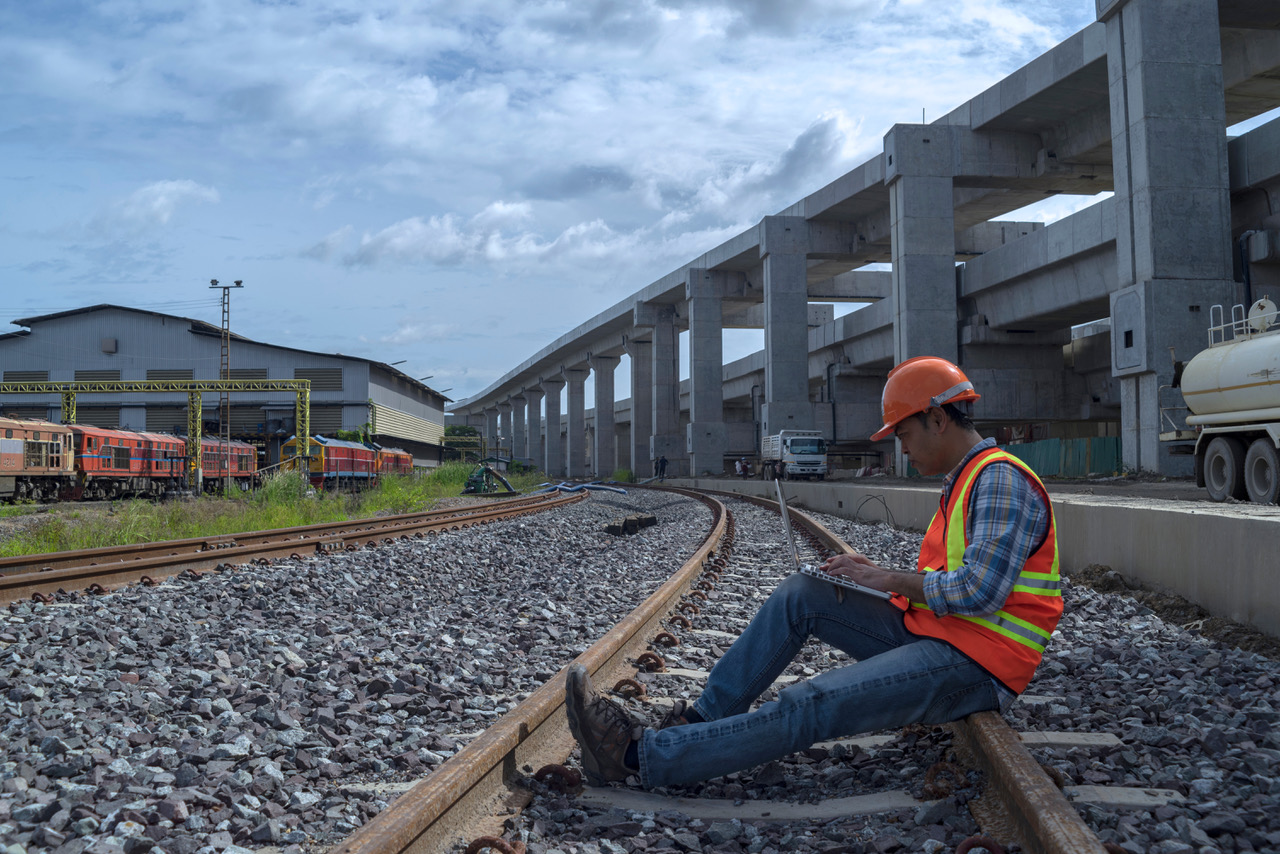Most people think of trains as running on coal; this is actually false and outdated information. A vast majority of trains run on diesel engines nowadays, with the exception being most inner-city light rail applications. In the late 19th century, European and Asian technology allowed for train infrastructure to install a third rail that delivered constant power to the operating train car. This allowed for the utilization of electricity or another remote energy source to power trains more cleanly. The third rail is literally a third piece of rail material that is conductive, often made of aluminum or other highly conductive metals and placed between the standard two track systems. People thought this system was fantastic when it first began, and that we’d never need diesel engines again.
Third rails are interesting to me because they didn’t become as popular as you’d expect, yet they teach a good lesson in applicability and being dynamic. Train cars such as the ones that go into Penn Station & Grand Central Station in New York City do not permit diesel exhaust due to the extensive tunnels that would become polluted. Therefore, the trains that service those stations run primarily on their more powerful diesel engines to easily transport commuters from places like Connecticut, Long Island or New Jersey. Once they get within range of those stations, they effortlessly transition to third rail electricity to operate more cleanly. It creates a very fluid and dynamic mechanical experience for a train system that must meet the demands of both high-speed, powerful commuting as well as specific jurisdictional operating standards.
The takeaway is realizing when to be dynamically electric and when to be a full diesel engine. How easily do we transition to the empathetic aspect of our designs? Are those transitions flawless so our users and/or clients don’t even realize we are transitioning? Understanding the power of when to run on diesel and when to run on electric is fascinating metaphorically to me. As professional business-folk, we want to go full diesel because this is what is expected in that community, but where LGA/Architects in general have the opportunity to be dynamic is that we can empathize in a unique way, and also be inventive to try out a new/undervalued technology, etc. Architecture is a practice, not an act. Therefore we continue to practice better, but it’s never perfect and never the only choice. So ask yourself: are you driving on diesel or electricity, and when?
Going back to why the third rail didn’t turn out to be so popular as one would expect is that you are basically electrifying a huge, long piece of metal. If unsecured, you have people that go and step on the train tracks and get electrified. Or, like in Paris, a plaintiff actually won a lawsuit alleging negligence that the road crossing was unsecured to the tracks. He stumbled onto the track, began urinating on the third rail and electrocuted himself…stupid, but it exposed a security nightmare for these systems. The other, more convenient reason this system wasn’t as popular is because technology developed to basically have a third rail hoisted in the air over the top of the train car. This alleviated the security concern and mitigated snow/cold climate from having electrified metal that then became buried under snow in the winter.
I hope this piqued your interest in trains and, loosely connected, how we address what we are doing at LGA.
